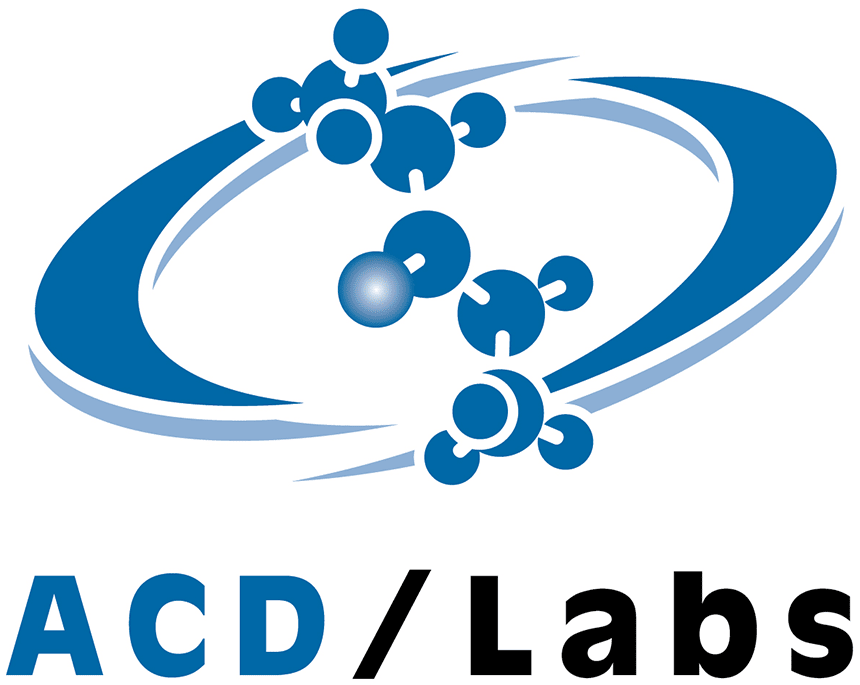DIN ISO 11292:1995 regulates the determination and analysis of carbohydrates in instant coffee using anion exchange chromatography combined with pulsed amperometric detection (PAD). Here an adapted method is provided, using a polymer-based cation-exchange column in the Pb2+ ionic form and PAD.
Instant coffee is very popular in many areas of the world. It is made from dried coffee extract either using spraydrying or freeze-drying1. As carbohydrates are main ingredients of coffee beans, one quality measure for instant coffee is its free and total sugar content. This analysis is regulated by ISO 11292:19952 or AOAC method 995.13. The carbohydrates can act as aroma binders and foam stabilizers. They can also influence the viscosity of the drink and are a good tracer for assessing the authenticity3. The free content is determined just after dilution of the powder. While the total sugar content requires a hydrolysis step prior to the determination. According to ISO 11292:1995 the contents of the following carbohydrates are of interest: arabinose, fructose, galactose, glucose, mannose, sucrose, mannitol and xylose. Furthermore, the determination of total glucose and total xylose content is an indicator to evaluate the authenticity of instant coffee products. The specification limit of an indicator carbohydrate is the maximum permitted concentration, above which a soluble coffee is considered as adulterated. The limit is defined as the sum of the maximum content and the expanded uncertainty4.






